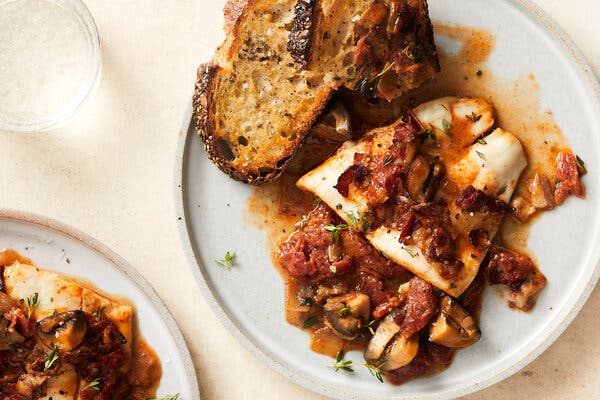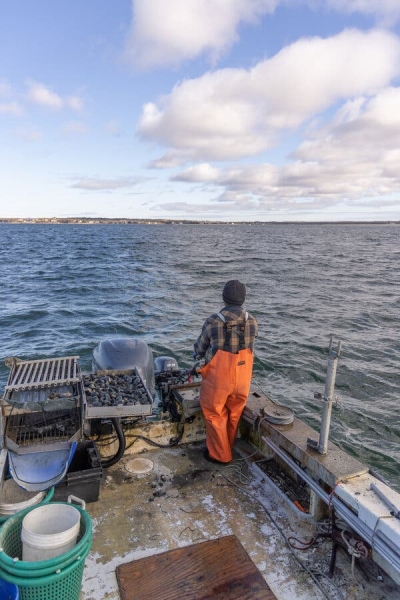Seafood caught in nearby waters has long been left out of the farm-to-table movement. But these people have set out to get it into stores and restaurants.
Melissa Clark, a columnist for the Food section, has reported extensively on the environmental impact of seafood. She reported from Montauk, N.Y.
On a cold, windy February morning on Shinnecock Bay, on the South Fork of Long Island, N.Y., Ricky Sea Smoke fished for clams from the back of his 24-foot boat. The fisherman, whose real name is Rick Stevens, expertly sorted through haul after haul as they were dumped onto the sorting rack.
Among the usual littlenecks and cherrystones were delicacies that would make chefs swoon: sweet, plump razor clams; vermilion-fleshed blood clams; and dainty limpets (also known as slipper snails) with their inimitable saline, buttery flavor. Depending on the season, fishers like Mr. Stevens can bring in even more treasures, like scallops, squid, blue crabs, striped bass, mackerel and skate.
But almost none of them are available locally.
Recipe: Creamy Fish With Mushrooms and Bacon

Instead, at restaurants in nearby East Hampton, you’ll find pasta topped with Manila clams from the West Coast and shrimp cocktail with red shrimp from Argentina. At fish counters across Long Island, imported salmon fillets glisten in greater profusion than local mackerel and black sea bass.
Thank you for your patience while we verify access.
